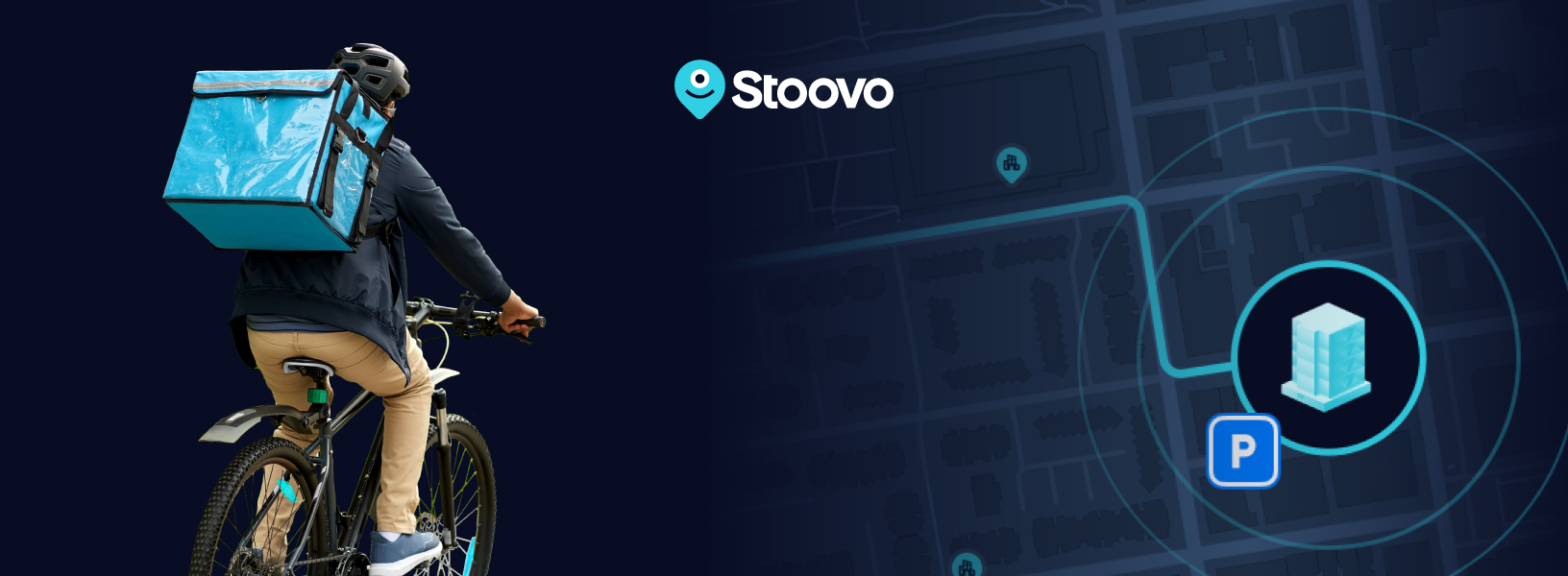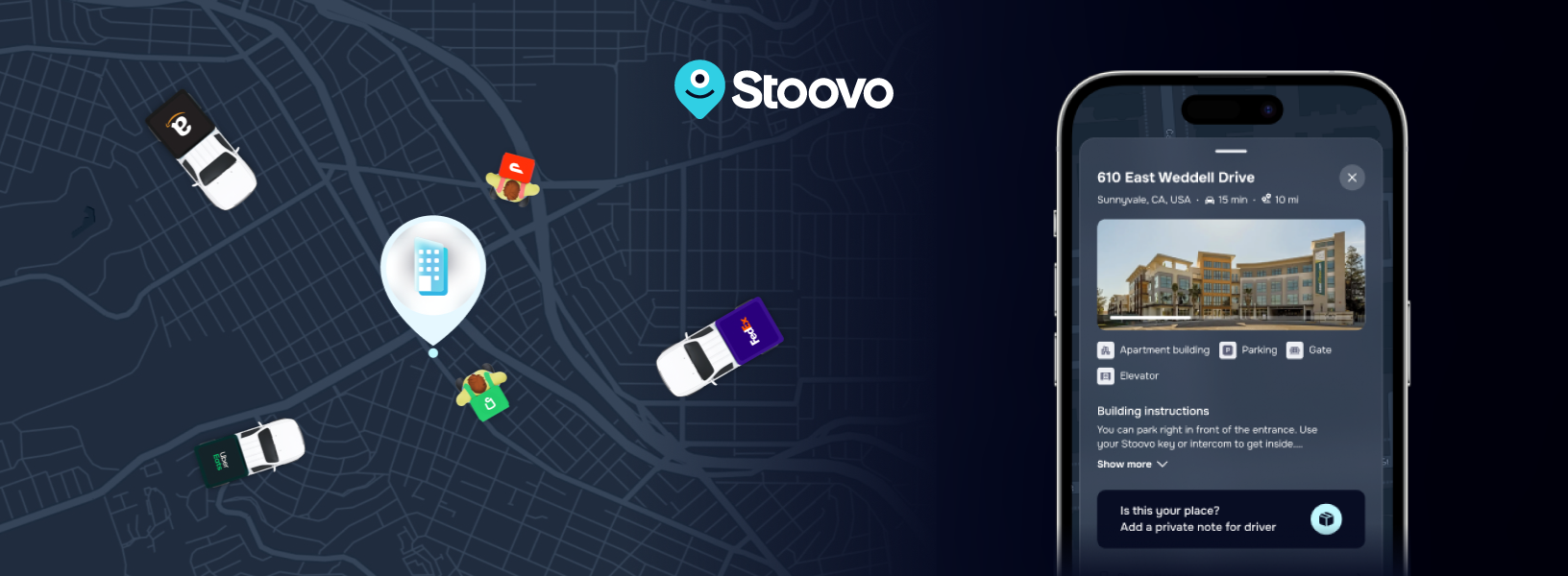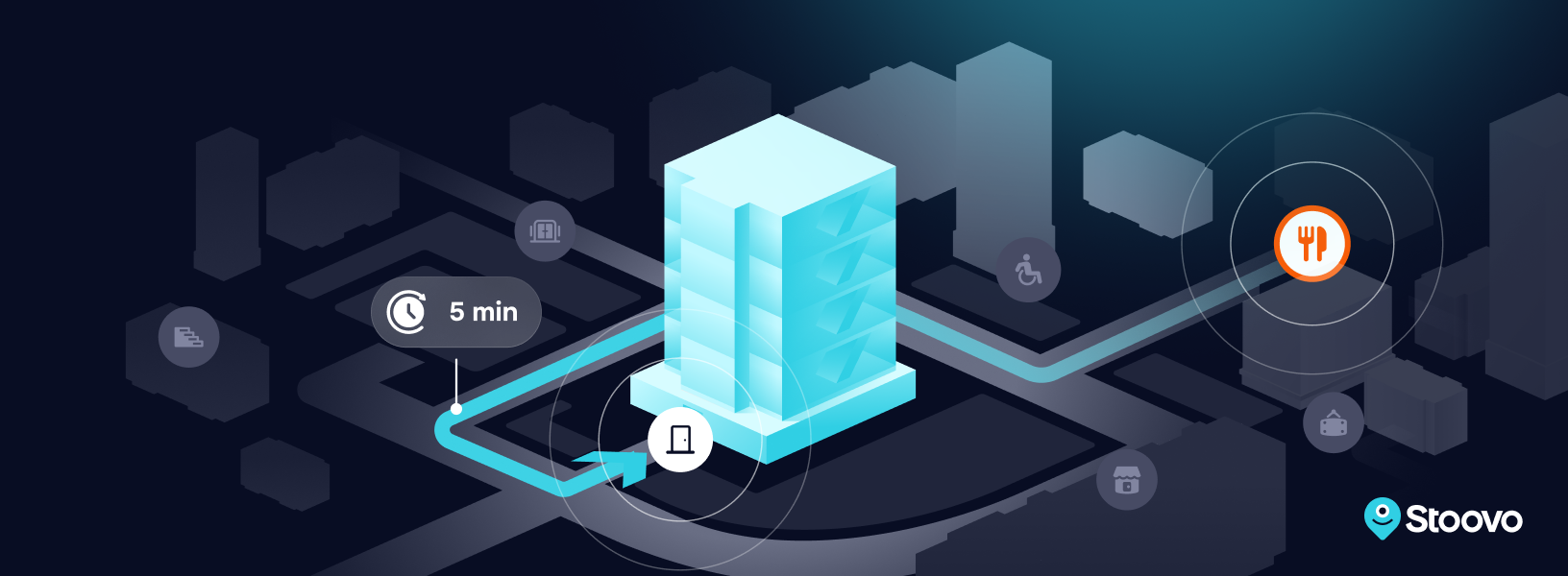Your Guide on How to Maximize Delivery Efficiency
Delivery businesses face an incredibly competitive national market, with inflationary pressures starting to sting, a labor market in short supply, and competition from the incredibly low operational costs of last mile industry leaders such as Amazon and FedEx. As a result, it’s never been more critical for businesses to hone their operational efficiency to cut costs and improve survival rates in an industry that waits for no one.
But how exactly can a business increase delivery efficiency? What metrics can measure delivery performance, and what does the future hold for efficiency in an industry where closely monitoring for inefficiencies is already the norm?
In this article, we’ll delve into delivery efficiency and how businesses can work towards improving their already squeezed systems to achieve even more efficient routes and delivery workflows.
The Current State of USA Delivery Operations

But first, let’s take a step back and put the question of delivery efficiency in context. Delivery efficiency is the effectiveness and optimization of all the processes and resources involved in delivering goods or services to the customer’s door. From the delivery routes to the post-delivery customer satisfaction rates, measuring delivery efficiency looks at every step in the delivery workflow.
Delivery performance can be measured by how well an organization or system can get their customer’s products, services, or information while minimizing waste, cost, and time. While there has always been delivery in one way or another, and thus, there has always been an understanding of optimizing delivery processes for more favorable results and profits, delivery efficiency in its modern format is a relatively new industry standard.
Ultimately, modern technologies mean that delivery efficiency can be assessed and improved in various contexts, including logistics, supply chain management, and service industries, and at a granular data level, using a delivery system to manage and record data and extract analyses.
This drive to improve delivery performance is led by global delivery behemoths, such as Amazon, whose acute understanding of customer expectations and exceptionally efficient routes and loading processes means that their cost per delivery is very low. To keep up, it’s vital that smaller delivery businesses improve their overall operational efficiency by focusing on their delivery experience and data analysis, moving to shave off unnecessary spending and measure delivery KPIs.
Why Improve Delivery Efficiency?
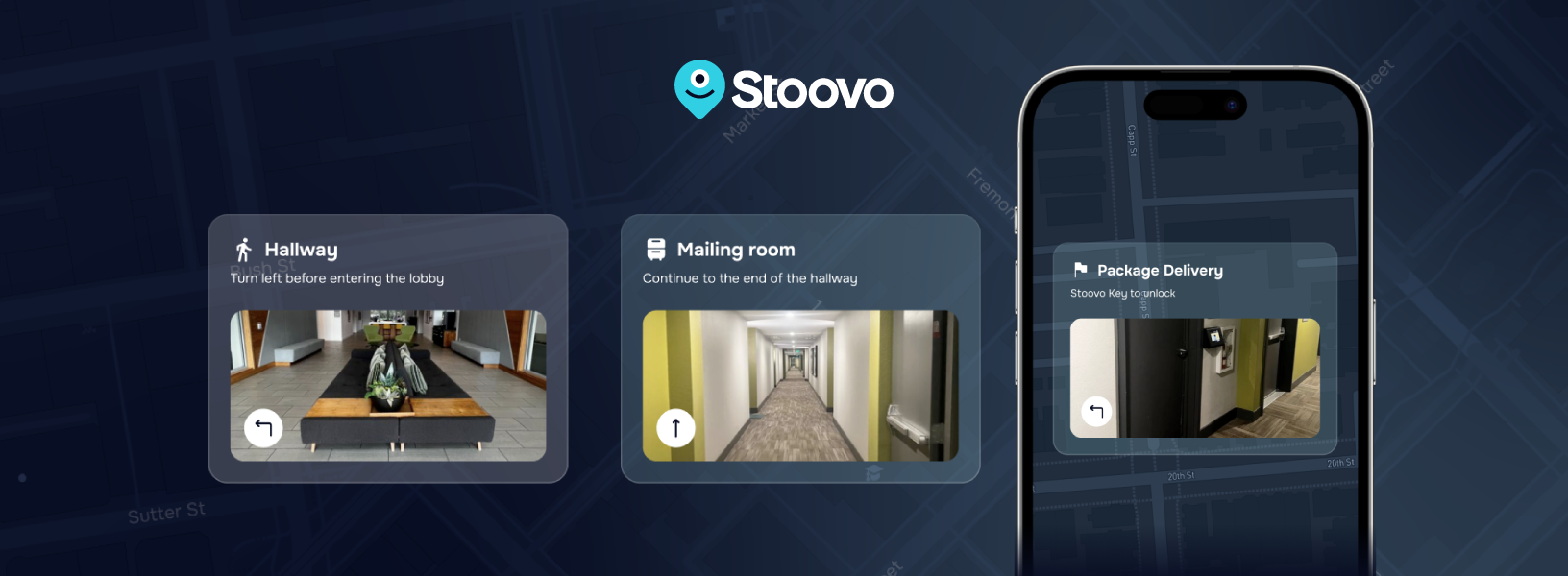
Measuring delivery performance is not a simple task. It involves expensive tools, trackers, and data points, not to mention a highly-skilled on-site team working round the clock to implement improvements and drive performance. So, why should businesses bother?
Well, the advantages are clear. Businesses that prioritize optimized and efficient routes, plus improved driver performance, benefit from reduced overall costs and higher margins. Fewer canceled deliveries and more on-time deliveries achieved successfully mean that customer satisfaction rates are improved, with customers likely to come back again and again. Finally, the delivery industry is highly competitive, and keeping up in the delivery process with industry giants means that businesses can compete, staying in business even when the market drives prices down and costs up.
Yet, it’s not just businesses that stand to benefit from a more efficient delivery process. Efficient route planning and vehicle capacity utilization mean lower fuel consumption and a lower carbon cost per delivery. This means a greener industry and cleaner air for everyone to enjoy. Plus, increased delivery efficiency rates often mean satisfied customers who are in control and who get their delivery within the promised time windows. Overall, an improved delivery process means higher operational capacity, faster, more accurate deliveries, and happier customers who are likely to return to use your services again.
It’s clear that investing in improving delivery efficiency is a worthwhile investment for many delivery businesses, even if the components necessary are expensive and complex to coordinate.
Key Strategies to Enhance Delivery Efficiency
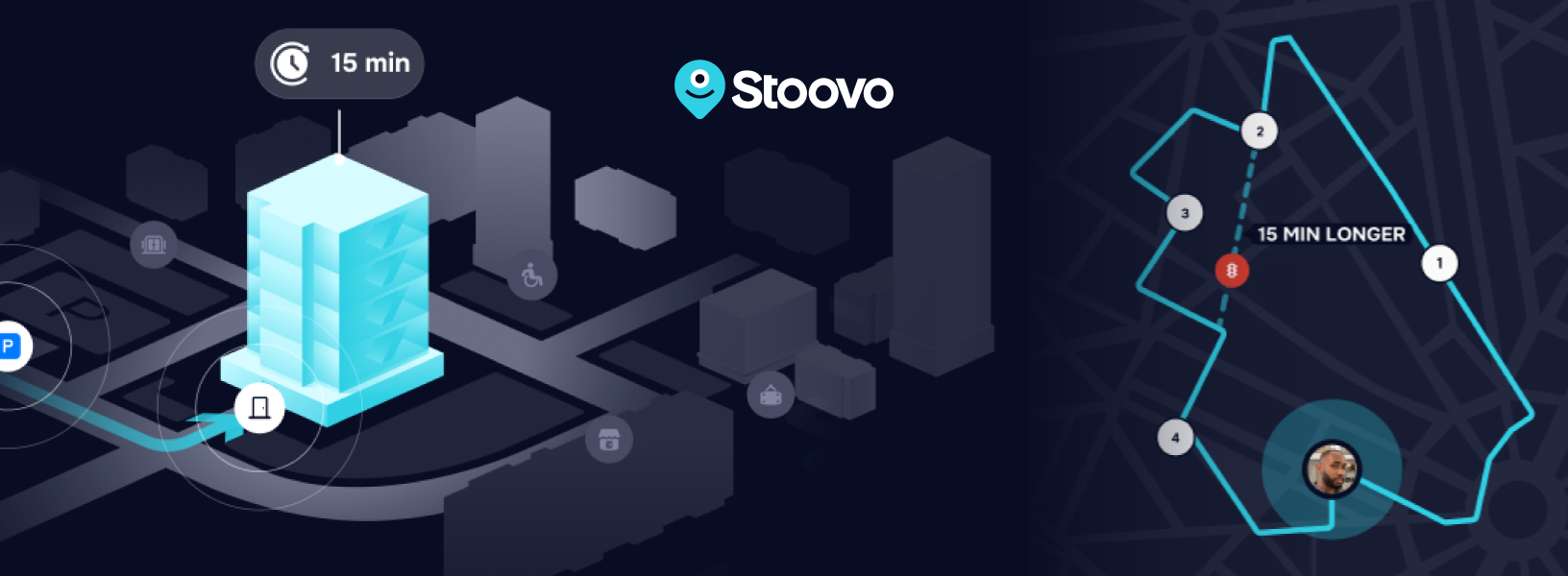
The good news is that there are many strategies available to businesses that allow them to enhance delivery efficiency and many that can be implemented quickly to see immediate results.
Let’s delve into a few essential strategies here.
Route Optimization
Route optimization is the process of using technology to find the quickest routes available. This means taking into account real-time conditions, such as traffic congestion, weather conditions, and road quality. Route optimization reduces late deliveries and increases fuel efficiency while cutting the need for out-of-route miles and improving the longevity of vehicles by reducing expensive vehicle maintenance.
Route optimization is a strategy that takes many forms. Large global businesses can invest in complex route planning systems and tracking kits, while smaller, local delivery businesses might simply optimize routes by using an out-of-the-box navigation tool.
Innovative Navigation

Improving navigation is another strategy that can be used to deliver optimized routes and more efficient processes. General navigation and mapping applications help businesses navigate real-time route disruption, whereas innovative new navigational tools such as Stoovo help drivers excel in the last minute of delivery, guiding delivery drivers to correct entrances and postal drop-offs within buildings and giving a boost to order accuracy.
Groundbreaking navigational tools like Stoovo help reduce the average time per delivery even in built-up cities and complex urban architecture. How many deliveries currently reach the customer’s apartment but are left at the wrong drop-off point or in the wrong letterbox, delivering a failed customer experience even as it reaches the correct address?
Stoovo tackles this final frontier of navigational applications, providing efficient delivery routes all the way to the customer’s doorstep, reducing the average time per delivery by slashing time wasted on hunting down the correct location, and helping delivery teams navigate even challenging inner-city deliveries.
Real-time Tracking
![]()
A critical factor in helping businesses meet customer expectations is providing real-time updates on deliveries. Communication tools and customer-facing applications increase customer satisfaction by providing a real-time update on the position of their delivery, eliminating missed deliveries. Then, post-delivery, proof of delivery documentation, invoices, and cases can be raised in-app, giving a streamlined customer experience.
Real-time tracking data isn’t just for the customer, though. Meeting a delivery schedule is a key performance indicator for delivery drivers, and by tracking and monitoring drivers out in the field, teams can measure delivery performance and find ways to shave off valuable time.
Implementing a reliable and open communication method between the customer and your service team is a great strategy to improve efficiency. Then, supplementing your vehicles with tracking devices helps support your systems, providing data that can be used to improve delivery efficiency further.
Efficient Packaging & Loading
It’s tempting to think that delivery efficiency starts when the delivery is made, but actual efficiency begins in the loading bays of the warehouse, where inventory management takes place. Reducing the weight of the delivery load while still maximizing a vehicle’s capacity and achieving an on-time delivery across multiple stops means that the shipping process is faster, cheaper, and greener.
Heavy weight loads cause fuel consumption to rockets and will mean that the time between vehicle maintenance work taking place is reduced. Vehicle capacity utilization is vital because it maximizes the efficiency of resources, reduces costs, and minimizes environmental impact by making the most of each route and every asset.
Managing loads and capacity by investing in a comprehensive ERP and warehousing system is a great way to deliver efficient packaging and loading strategies, making the most of cost savings.
Streamlined Workflows
Taking a step back even further, creating streamlined workflows improves efficiency by reducing friction within an organization, minimizing costly errors, optimizing resource allocation, and enhancing collaboration. Ultimately, getting business processes right leads to cost savings and a competitive advantage in any industry, and the same is true in the logistics industry.
Installing streamlined computer systems, working with a workflow consultant, and implementing institutional strategies to improve operational efficiency and streamline workflows are critical factors for success.
Common Mistakes to Avoid

Chasing delivery efficiency is crucial for delivery businesses, but several common mistakes should be avoided to ensure success.
The first common mistake is overlooking customer feedback. Failing to actively seek and incorporate customer opinions can lead to inefficient processes that do not align with customer expectations, meaning unhappy customers and a poor reputation. When businesses measuring delivery performance rely too heavily on internal KPIs and neglect to prioritize their customer satisfaction, this causes problems within the brand that are likely to be more expensive to resolve than the cost of a reliable customer communication tool.
Another critical pitfall is not investing in technology. Gone are the days when delivery businesses could rely on a paper map and a few software tools such as Excel. Now, efficiency starts behind the scenes, with warehousing, packing, and loading, vast inefficiencies of vehicle capacity, unoptimized routing, and expensive maintenance of delivery vehicles causing problems. Modern tools and systems can significantly enhance delivery efficiency, from route optimization software to inventory management systems, solving these issues and providing welcome cost reductions that pay for the software itself over time.
Finally, neglecting sustainability and environmental considerations is another critical mistake that delivery businesses make. In our climate-conscious world, it is a mistake to imagine that regulators and consumers are unlikely to care about green issues for long. Eco-friendly practices can contribute to long-term cost savings and enhance a company’s reputation, and this time is essential before we reach a watershed moment where compliance is enforced.
Building an Efficient Delivery Process
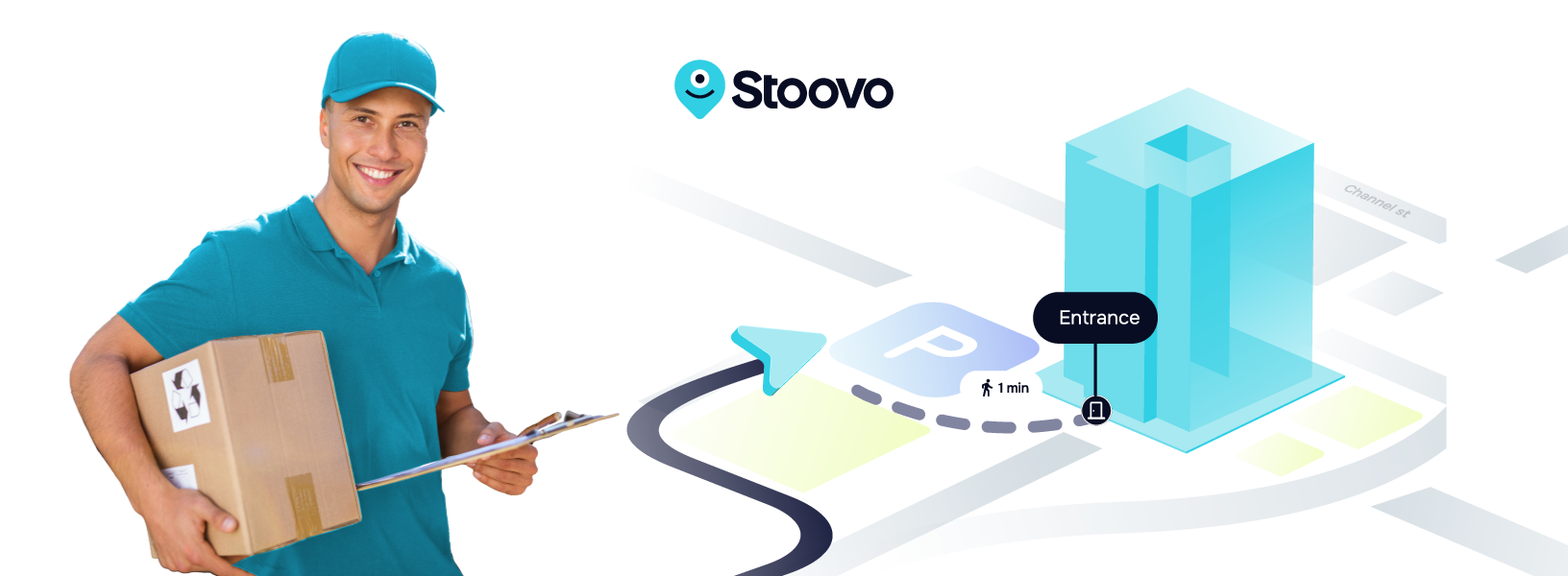
In conclusion, improving delivery efficiency is not just a business strategy; it’s an absolute necessity in today’s delivery-oriented world. In this article, we’ve explored various aspects of the process to increase delivery efficiency, from optimizing routes and delivery schedules embracing the latest in navigational technology, and nurturing a culture of continuous improvement.
Yet operational and delivery efficiency is not one-size-fits-all. By implementing various strategies and avoiding common mistakes, businesses can not only save time and money but also provide a better experience for their customers.
The journey to improved delivery efficiency may require some initial investments and adjustments, but the long-term benefits, including cost savings, customer satisfaction, and a priceless competitive edge, make it a journey worth taking seriously. So, gear up, streamline your processes, and watch your delivery efficiency improve, ultimately propelling your business toward better order accuracy and wider profit margins.
FAQs
How can delivery management software improve delivery efficiency?
Delivery management software can deliver greater delivery efficiency by optimizing routes, providing real-time tracking and updates, automating scheduling and dispatching, and facilitating data-driven decision-making for route adjustments.
What makes a delivery service efficient?
There are many factors that make a delivery service efficient, including fuel consumption, route planning, meeting delivery performance metrics, vehicle capacity utilization, accurate deliveries, delivery time, and the satisfaction of customer demands.
How can you evaluate delivery performance?
Businesses can evaluate delivery performance by using essential key performance indicators such as successful delivery rates, completed deliveries, fuel efficiency, and operational efficiency.
How do you measure driver’s performance in a delivery company?
Delivery companies can track driver performance by evaluating delivery KPIs such as on-time delivery rates, route efficiency, customer feedback, and driver adherence to safety and compliance standards.
How can a delivery business improve customer satisfaction?
A delivery business can improve customer satisfaction by consistently delivering orders on time, providing real-time tracking and communication to their customers, and ensuring friendly and professional service that helps them keep their customers.
